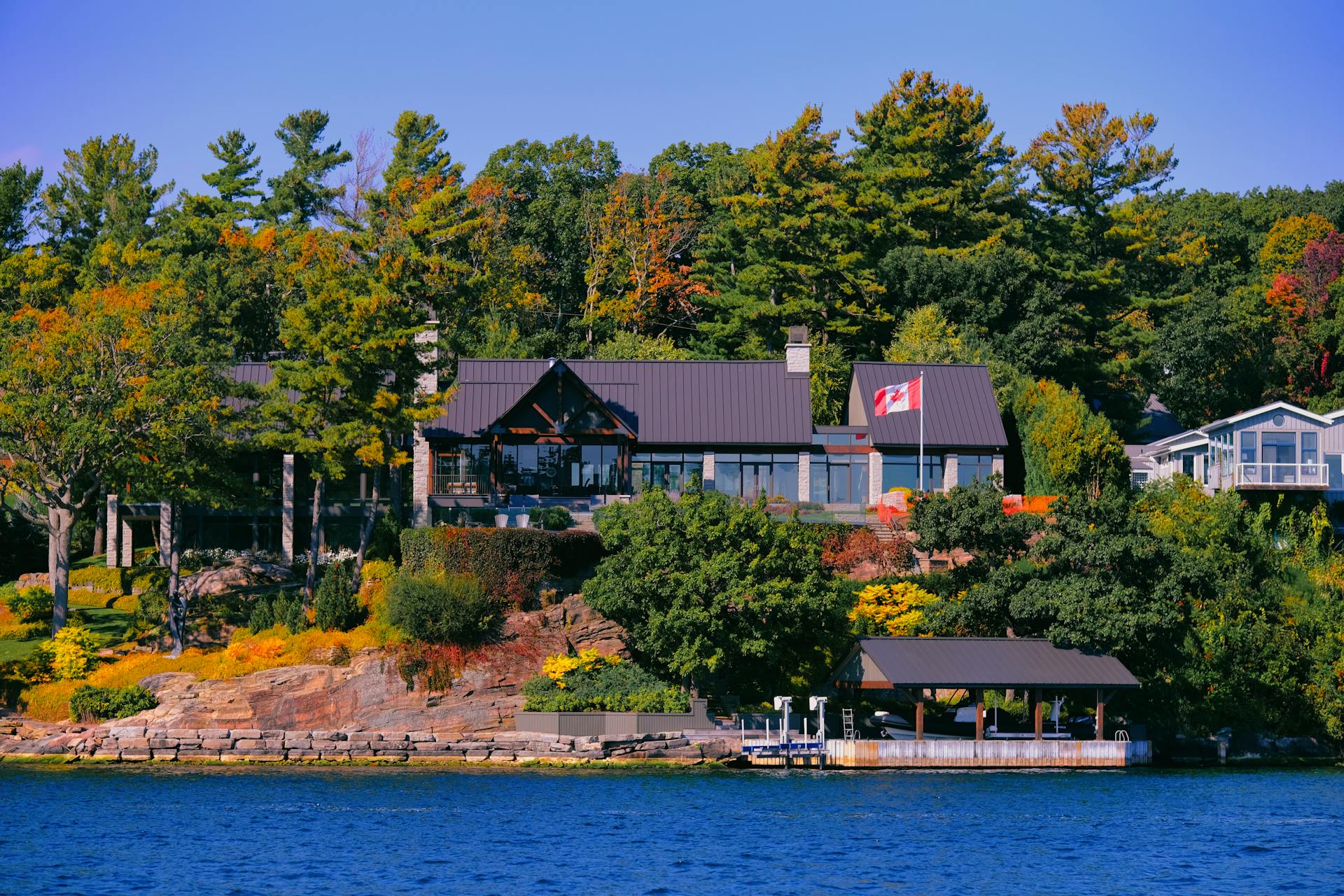

Finding the Right Neighbourhood
Choosing your next neighbourhood is about more than just picking a spot on the map. It’s about discovering a place where you’ll feel at home, surrounded by the right mix of convenience, comfort, and character. In Canada, where communities range from bustling city hubs to quiet rural retreats, the options can feel endless. The key is knowing what truly matters to you and how each neighbourhood aligns with your lifestyle.
Understanding Your Lifestyle Needs
Before exploring any neighbourhood, it’s worth reflecting on how you live your day-to-day life. A young professional with a busy social calendar will have different priorities from a growing family or a retiree looking for peace and quiet. Consider how much space you need, whether you value walkability over larger lots, and how close you want to be to cultural or recreational activities.
Please visit this page now to get your free home evaluation
Related Article: What is Location Advantage Theory?
Considering a Move Across Provinces
Sometimes, choosing your next neighbourhood means looking beyond your current province. Canada’s diverse regions each offer distinct lifestyles, climates, and housing markets. If you’re relocating from one province to another, being aware of cross-province moving essentials will help make the transition smoother. This includes understanding differences in property taxes, climate adjustments, and even driving regulations. Doing your research beforehand ensures your new neighbourhood feels like home from day one.

The Importance of Safety and Community
Safety is often at the top of everyone’s list, but it goes hand in hand with the sense of community. Some areas have strong neighbourhood associations, block parties, and community programs that bring residents together. Others may be more private but still offer a secure environment. Talking to locals, checking municipal crime statistics, and simply walking the streets at different times of the day can reveal a lot about how safe and connected a neighbourhood feels.
Proximity to Work and Transportation
In larger cities, commuting time can make or break your daily routine. Whether you rely on public transit, cycling paths, or highways, it’s important to factor in how accessible your workplace will be. Even if you work remotely now, it’s wise to think about future job changes. Neighbourhoods with good transit links or quick access to main roads often maintain their appeal and property value over time.
Access to Parks and Outdoor Spaces
Canadians value their outdoor spaces, whether it’s for summer picnics or winter skating. A neighbourhood with parks, trails, and green spaces encourages an active lifestyle and offers places to relax and recharge. Waterfront areas, community gardens, and dog parks can also add to the appeal, creating a better quality of life right outside your doorstep.
Shopping, Dining, and Daily Conveniences
While it’s easy to overlook, being close to everyday essentials makes life more enjoyable. Grocery stores, pharmacies, cafés, and restaurants all contribute to a neighbourhood’s livability. It’s worth considering whether you want these amenities within walking distance or if you’re comfortable driving a few minutes for them.
School Quality and Educational Options
For families, the quality of local schools can be a deciding factor. Even for those without children, living near respected schools can positively influence property values. School catchment areas can vary widely, so researching both public and private options in your preferred neighbourhood can save you from future headaches.

Future Development Plans
A neighbourhood’s current charm is important, but so is its future. Municipal plans for infrastructure, zoning changes, or major developments can affect property values and the character of the area. Sometimes, a quiet street may soon be near a busy commercial hub, or an underdeveloped zone might be slated for parks and schools. Checking city planning resources can give you a glimpse of what’s ahead.
Housing Styles and Property Types
Every Canadian neighbourhood has its own architectural character. Some are lined with historic homes, while others feature modern condos or townhouses. Choosing an area with housing styles that fit your budget and taste will help you feel more settled. It’s also important to look at property maintenance in the area, as well-kept homes tend to indicate pride of ownership and stable values.
Noise Levels and General Atmosphere
What feels lively to one person can feel disruptive to another. Neighbourhoods near busy roads, nightlife districts, or industrial areas may have more background noise. On the other hand, quieter communities might lack some conveniences. Visiting during different times of the day, including weekends, can give you a realistic sense of the area’s true atmosphere.
Cultural and Recreational Opportunities
From arts festivals to hockey arenas, cultural and recreational opportunities shape the spirit of a neighbourhood. In many Canadian cities and towns, community centres, museums, libraries, and sports facilities are gathering points that foster a strong local identity. Access to these amenities can enrich your life and make it easier to connect with others who share your interests.Affordability and Long-Term Value
Even if you find a neighbourhood you love, it needs to align with your financial comfort zone. Beyond the cost of a home, think about property taxes, insurance rates, and the general cost of living in the area. A community that offers good value now and shows signs of stable or growing demand can be a wise long-term investment.
Trusting Your Instincts
Data and checklists are valuable, but your instincts matter too. After visiting and researching several neighbourhoods, one might just “feel right.” Pay attention to that gut feeling—it often reflects your deeper sense of comfort and belonging.
Blending Practical With Personal Preferences
Choosing your next neighbourhood is about blending practical considerations with personal preferences. In Canada, where the variety of communities is as vast as the landscape, there’s a perfect fit for every lifestyle. By evaluating safety, amenities, housing styles, and long-term potential, you can find a place that not only meets your needs but also enhances your daily life. Ultimately, the right neighbourhood is where you can see yourself thriving—now and in the years to come.


